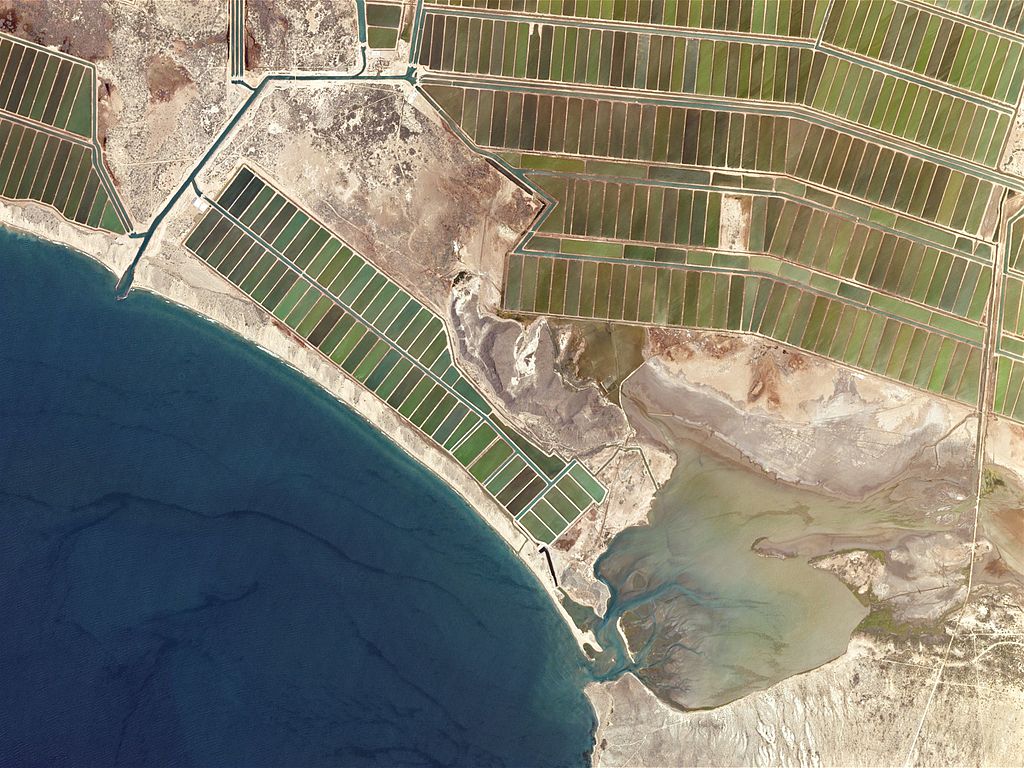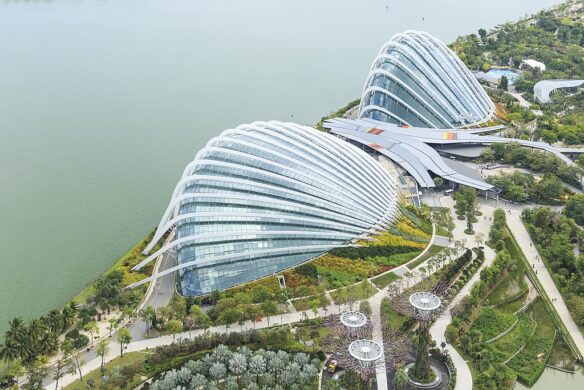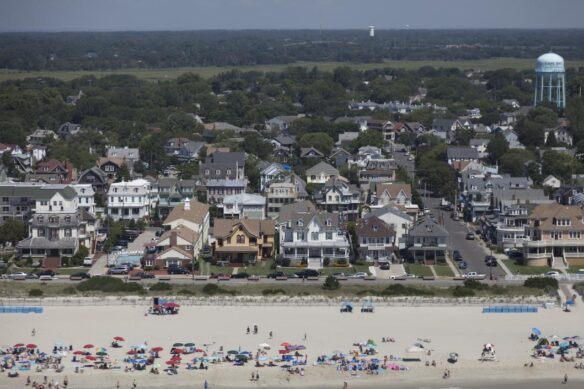Excerpt:
Western Mexico’s rapidly expanding shrimp farms, many of which are illegal, are contributing to the deforestation of the Pacific coast’s mangroves, an important habitat for jaguars.
Among the spindly saline roots of the mangrove trees that line western Mexico’s coast, the jaguar is the ecosystem’s apex predator. Yet despite being at the top of the food chain, its existence is threatened by the abundance of another, much smaller species: the whiteleg shrimp.
Aquaculture of whiteleg shrimp (Litopenaeus vannamei), or Pacific white shrimp, has boomed along Mexico’s Pacific coast in the last couple of decades, in the process clearing swaths of mangrove forests and jeopardizing crucial habitats for jaguars (Panthera onca) in the western states of Sinaloa, Sonora and Nayarit.,
“With shrimp farms in Mexico, you see the destruction of the jaguars’ habitat,” Alfredo Quarto, co-founder of Mangroves Action Project, a conservation NGO, tells Mongabay. “But also of fish, crabs and other animals and birds. It’s very important to have a highly biodiverse supportive habitat.”
Habitat loss and poaching have shrunk jaguars’ distribution across Mexico by 54%, with about 4,000 to 5,000 of the big cats left in the wild today. In Nayarit, a 2022 study of a nearly 6,300-hectare (15,500-acre) wildlife corridor considered important for jaguar conservation found mangrove coverage there decreased from 35% to 26%, while land used for agriculture and aquaculture rose from 38% to 50% over a 20-year period.
Amid the habitat loss, a small reserve in Nayarit offers a haven for jaguars. La Papalota was a 368-hectare (909-acre) farm that in 2008 became the first private area in Nayarit that was voluntarily dedicated for conservation under a federal government program. The reserve is covered in thick mangrove forests to the south, with a mosaic of tropical deciduous and secondary forests elsewhere…
Mangroves are legally protected in Mexico, but that hasn’t stopped people from clearing them to set up shrimp ponds. Authorities frequently fail to take action, conservationists told Mongabay.
“Every time we visit the study site, we see new farms, new houses, new roads, and those rates of change are difficult for the jaguar populations to resist,” [Victor Hugo] Luja [a conservation biologist and researcher] tells Mongabay. “If the trend continues without taking action, I believe that in the space of 10 years, we could no longer have jaguar populations in the mangroves in Nayarit…”
The west coast of Mexico is key for shrimp farming, yet according to Luja, more than 40% of the shrimp farms don’t comply with federal regulations. With 980 shrimp farms in Nayarit alone, that would make nearly 400 of them noncomplying.
“These farms are not sustainable,” Quarto says. “They destroy the very environment that supports them…”
Also of Interest:
Jaguars Versus Shrimp
Ivan Carrillo | Earth Journalism Network |18 April 2024
Amid the darkness of night, a scene unfolds in the La Papalota reserve on the Mexican Pacific coast in Nayarit state. A female jaguar and her cub are engaged in play, with no one to witness the spectacle. Only the almost imperceptible click of an automatically activated reflex camera interrupts the action.
The resulting image shows the animals frozen in time, the cub’s paw resting on its mother’s back. The beautiful portrait captured by the hidden lens of a camera trap may appear to be the product of sheer chance. But it is not.
The image results from the obsessive efforts of Victor Hugo Luja, a professor and researcher at the Autonomous University of Nayarit, who has documented the lives of jaguars in this protected area of just 368 hectares for almost fifteen years. It won first prize in the Mangrove Action Project’s 2020 photography contest.
“The image is the product of at least three years of trying,” says Luja. “I tried and tried for the image, visualized it in my mind before taking it, and it turned out much better.”
Beyond its artistic value, the snapshot is scientifically noteworthy. It is atypical in that it shows jaguars in a mangrove forest, the ecosystem forming an interface between the land and sea. Jaguars here have surprised scientists by finding space in the mangroves to move, hunt, and reproduce. However, a threat is silently advancing, preying on a habitat already under significant pressure: it may seem antithetical to nature, but that threat is shrimp…









